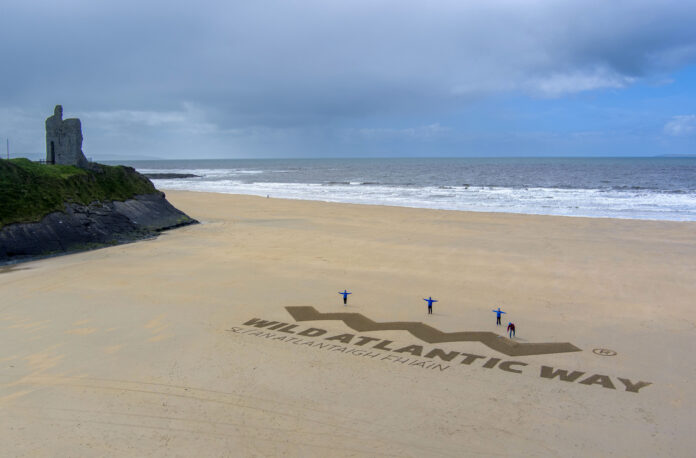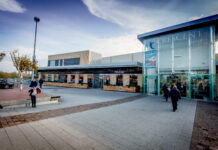
THE WILD Atlantic Way, which takes in Limerick and neighbouring counties Clare and Kerry, is worth an average of €3billion each year to local economies, a new report has found.
The report, published by Fáilte Ireland to mark the 10th anniversary of the tourism initiative, found that the Wild Atlantic Way contributed significantly to local economies along the west of ireland, with a 58 per cent increase in tourists in the 10 years since the brand was developed in 2014.
According to the report, over two million more tourists visited the Wild Atlantic Way in 2023 than in 2013, with tourism on the attraction now being worth €3bn per year.
Over 35,00 new jobs have been created by the initiative in cities, towns, and villages along the route, with a total of 121,000 jobs supported by the successful tourism marketing scheme.
Limerick is a Wild Atlantic Way ‘Gateway City’, with the River Shannon, King John’s Castle, and Georgian Limerick cited by Fáilte Ireland as highlights in Treaty City.
Launching the report, Minister for Tourism, Culture, Arts, Gaeltacht, Sport, and Media Catherine Martin said that the Wild Atlantic Way has cemented Ireland as a “must visit” destination.
“10 years ago, a vision for the future of tourism in Ireland was launched, a route that stretched for 2,500 kilometres along our rugged Atlantic coast. This is now a household name and cements Ireland’s reputation as a must-visit tourism destination.
“I commend Fáilte Ireland and Tourism Ireland on their work in driving this success over the last 10 years.”
Fáilte Ireland CEO Paul Kelly added that the growth of the €3bn boon to the economy “has contributed to the creation of an additional 35,000 jobs in local communities, with tourism now supporting 121,000 jobs across the region”.
“Domestically, the Wild Atlantic Way is our most popular region with 51 per cent of all domestic tourism revenue being generated there,” he said.
“When we compare this internationally, based on the most recent data available, we see that inbound travel to Ireland grew by 45 per cent between 2013 and 2019, well above the Northern European average of 25 per cent.
“The Wild Atlantic Way was a key contributor to this success with overseas visitor bednights in the region growing by 60 per cent across this period,” Mr Kelly concluded.









